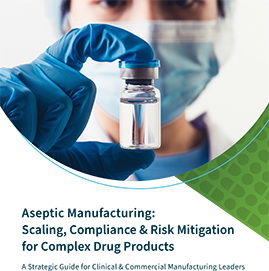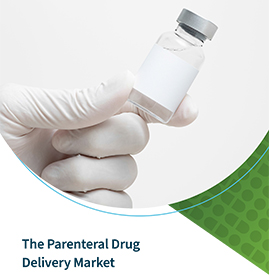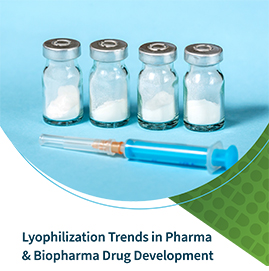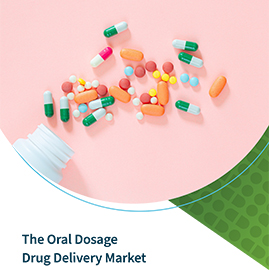Contact Us
- Solutions
- Resources
- About
- Contact Us
close
Optional callout banner for highlighted news or events
Learn More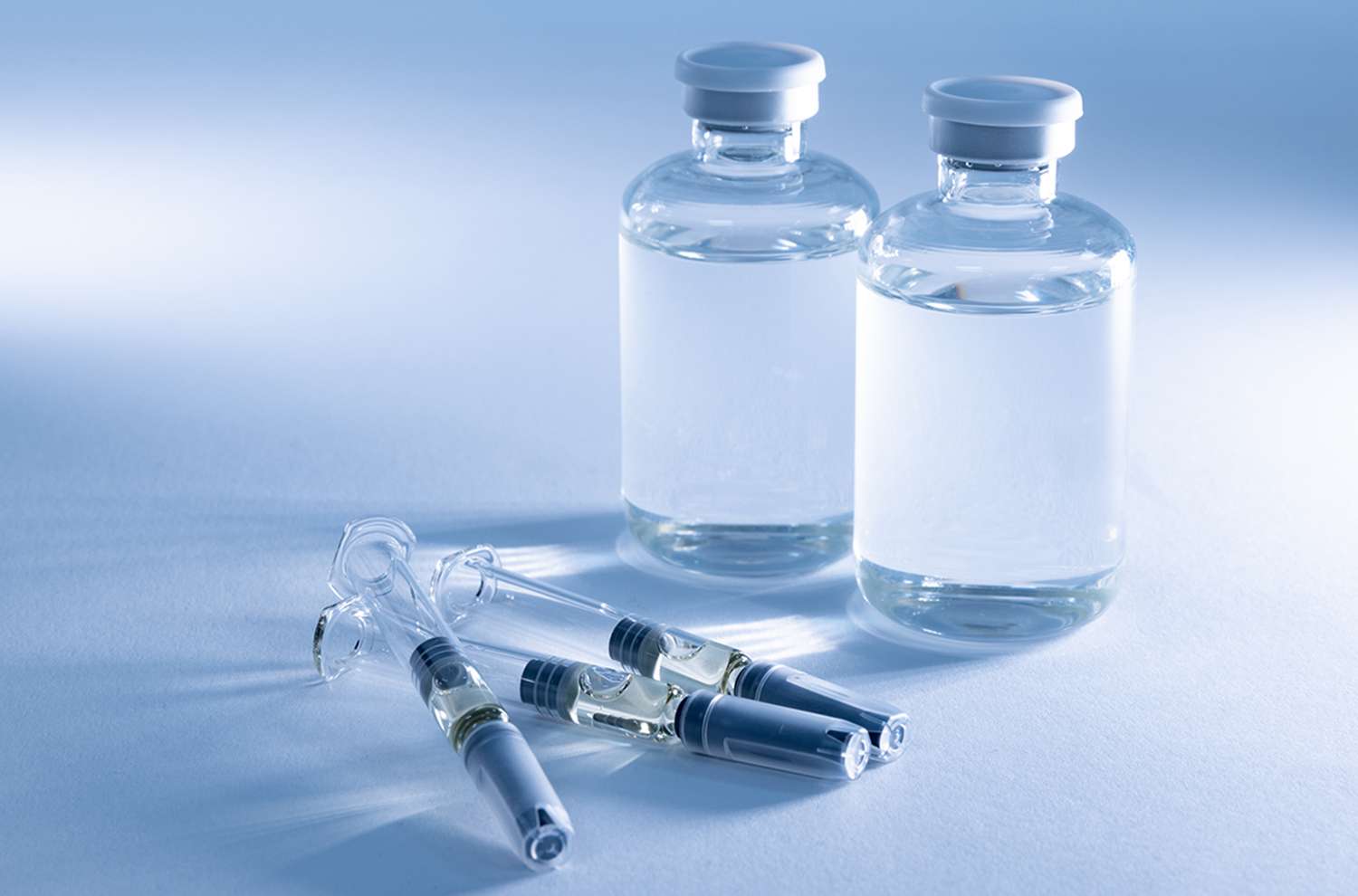
Get the answers to your FAQs about aseptic processing and all the information you need to overcome challenges with potent compounds, sensitive formulations, and scaling production for commercial success.
